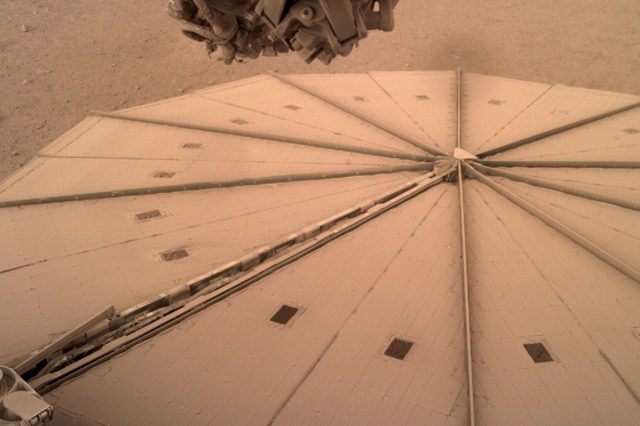Hot. Very, very, hot.
A Mission Like No Other
NASA’s Parker Solar Probe is on an unparalleled mission, speeding towards the Sun with the goal of becoming the first spacecraft to ever “touch” our nearest star. As it journeys, the probe is gathering scientific data and taking remarkable images.
Venturing into the Sun’s Corona
In October and November, the Parker Solar Probe crossed the Sun’s corona, its super-hot atmosphere. During this historic moment, the spacecraft captured never-before-seen images from “inside” the Sun.

Capturing Stunning Solar Images
The incredible photograph was taken by the probe’s WISPR (Wide-field Imager for Solar Probe) instrument when the spacecraft was 16.9 million miles from the Sun, inside the star’s corona. The image reveals distinct jets of solar material, known as coronal streamers, visible to the left/center of the picture. The bright spot in the image is Mercury, while the black spots near the planet are artifacts of background correction.
Breaking Records on the Way to the Sun
Before heading towards the Sun, the Parker Solar Probe snapped its first images from space on September 19, 2018, confirming that all its instruments were functioning perfectly. In October, the spacecraft began breaking records, becoming the closest human-made object ever to approach the Sun and the fastest spacecraft in history.

A Tribute to Eugene Parker
The Parker Solar Probe is named after Eugene Parker, the physicist who first proposed the existence of the solar wind – the Sun’s constant outpouring of material – in 1958. “This is the first NASA mission to be named for a living individual,” said Nicola Fox, director of the Heliophysics Division at NASA Headquarters in Washington. “Gene Parker’s revolutionary paper predicted the heating and expansion of the corona and solar wind. Now, with Parker Solar Probe, we can truly understand what drives that constant flow out to the edge of the heliosphere.”
Join the discussion and participate in awesome giveaways in our mobile Telegram group. Join Curiosmos on Telegram Today. t.me/Curiosmos





